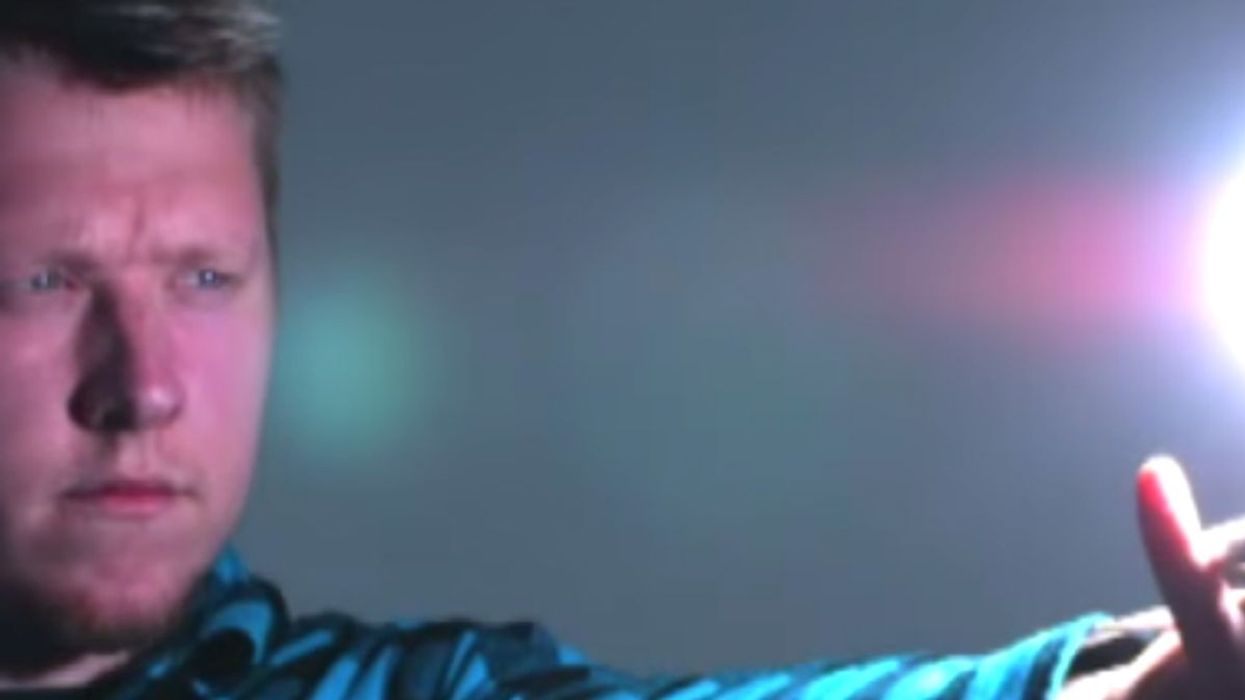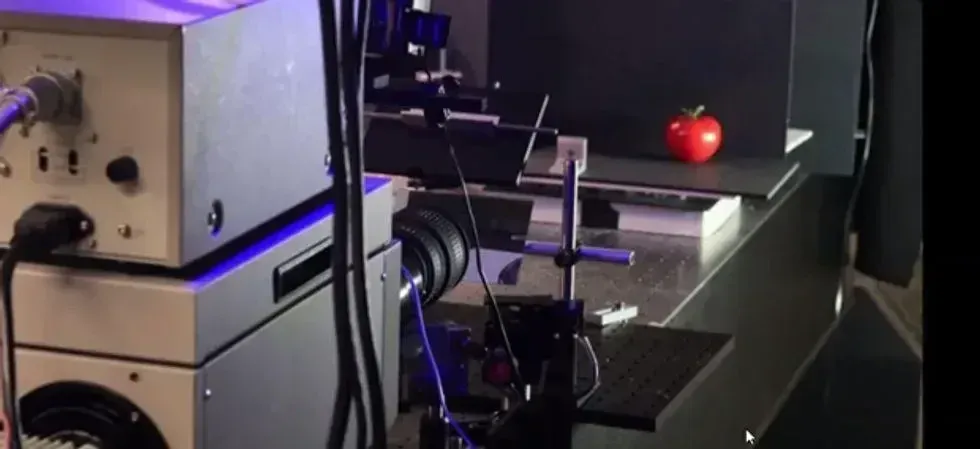Is your home turning into a temporary e-waste storage facility? You're not alone. Plenty of us have old computer monitors, cell phones or other electronic components and gadgets cluttering our basements and junk drawers. By now, most folks realize that just tossing these toxin-laden goods into the trash is a bad idea, and that doing so will likely contaminate air and groundwater near the landfill with harmful chemicals.
And, unfortunately, curbside pickup of e-waste is extremely rare. How to get rid of this stuff, then? We talked to Barbara Kyle, the National Director of the Electronics TakeBack Coalition for advice.
1) Beware the e-waste drive. We first wanted to write this "How To" about organizing an e-waste drive for your community. Unfortunately, according to Kyle, these aren't all they're cracked up to be. "Some unscrupulous 'recyclers,'" she says, "actually export e-waste to developing countries, where it causes great harm because of the toxics." And the vast majority of community collection events work with such exporters, so the waste simply "gets loaded up on the shipping container and goes off to China or Nigeria."
2) Donate if possible. If you're just upgrading and the old phone, monitor or television still works, do your best to donate the item before discarding it. There are lots of non-profits around the country working to help reuse these items. The EPA has a good locator resource, or you can check with your local solid waste agency.
3) Go to the source. Today, 23 states covering 61 percent of the American population have electronics take back laws that mandate the recycling of electronic waste and force producers to collect and responsibly recycle the materials. See if your state is one of them and learn more about the program here.
4) Find an "e-Steward." Again, not all e-recyclers are responsible. "E-Stewards" have pledged not to dump the dangerous waste into developing countries, and they're the only way to go. Use this handy map to find a responsible "e-Steward" near you.
5) Take it back. If there's no e-Steward nearby, you can consider a manufacturers' voluntary takeback program. Check this list of electronics makers to find a summary and links to their respective programs. Most will take back the materials for free. Some even offer cash or a rebate on your next purchase. The Electronics TakeBack Coalitions can't formally endorse any of the manufacturers' programs, as none of them are themselves certified as e-Stewards, but you can look into their specific policies and make sure they've pledged not to export the waste.
6) Try retailers. If you're still struggling to find a convenient site, some retailers like Best Buy and Staples have takeback programs. Best Buy will accept e-waste at every store, and will charge you $10 (but you'll get a coupon for another purchase). Staples takes any Dell products for free, or charges $10 for other brands.
7) Send back the cell. Cell phones are easy, as there are a handful of recyclers that invite you to mail them in for free, with postage paid. Kyle recommends Capstone Wireless, where you can print a free UPS shipping label on their website, and where there's a good chance you'll even get some money back for your old phone. Or if you'd rather drop it off in person, she suggests Call2Recycle, which has drop off sites in lots of cities, which you can find using their location finder.
For a closer look at the infographic above, go here.
This post originally appeared on www.refresheverything.com, as part of GOOD's collaboration with the Pepsi Refresh Project, a catalyst for world-changing ideas. Find out more about the Refresh campaign, or submit your own idea today.


















 Label for Middle Earth Organics' Organic Tomato & Porcini Mushroom Sauce
Label for Middle Earth Organics' Organic Tomato & Porcini Mushroom Sauce "Judith Beheading Holofernes" by Caravaggio (1599)
"Judith Beheading Holofernes" by Caravaggio (1599)